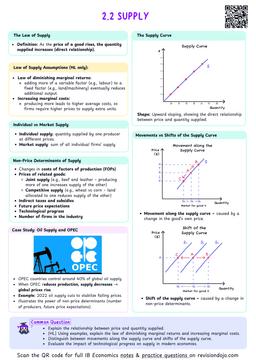Fixed Exchange Rate
System where the central bank maintains the currency’s value at a predetermined level rather than letting market forces decide it.
How Fixed Exchange Rates are Maintained
- A fixed exchange rate is sustained when the government or central bank intervenes to influence the supply and demand of the currency and keep it at a desired equilibrium level.
- This is done by buying or selling foreign reserves in exchange for the domestic currency, or by making policy changes (e.g., affecting imports or interest rates) to stabilize the exchange rate.
- If the exchange rate moves away from the target level, the authorities will intervene to restore it.

As shown in the diagram:
- Initially, the price of 1 euro in terms of USD was 3.
- When the demand for exports from the eurozone falls from D1 to D2, a floating exchange rate would cause the price to drop to 2.
- Under a fixed exchange rate, the central bank intervenes by buying euros with its foreign reserves, shifting demand back up.
- This keeps the exchange rate fixed at 3.
Similarly the supply could be shifted to keep the exchange rate fixed.



